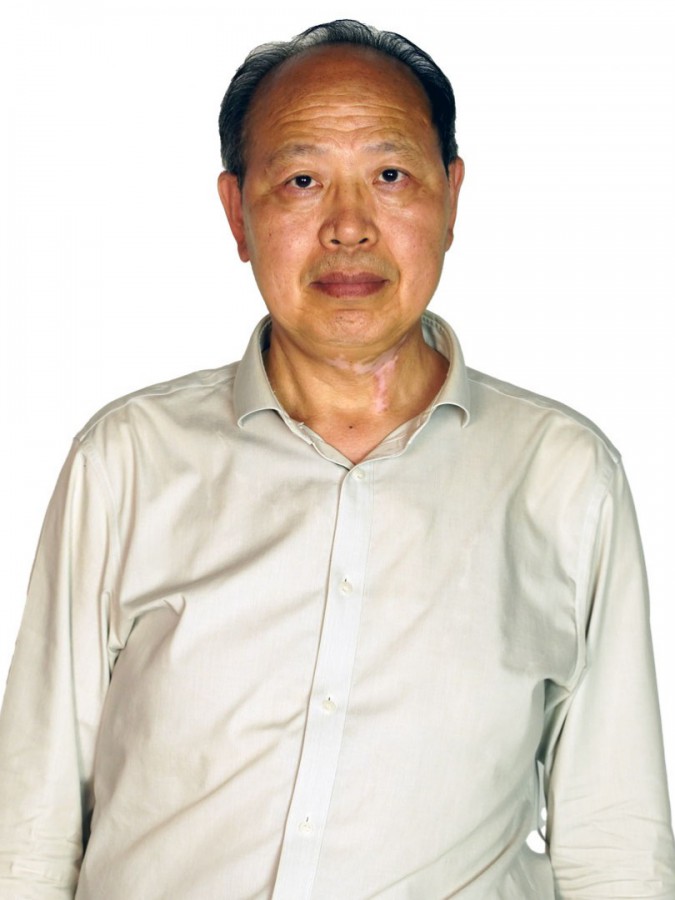abstract
The increasing demand for computing power and downscaling is reaching the limits of the current lithographic methods, further precluding the shrinkage of the silicon chips using state-of-the-art top-down approaches. Moreover, the current chip shortage exposes the excessive world dependence on silicon, stressing the need for silicon-free computing technologies, preferably operating at the molecular level. Here, a Eu3+/Tb3+ co-doped organic-inorganic di-ureasil hybrid is used to demonstrate an illustrative example of an all-photonic device based on the emission temporal dynamics of the Eu3+ and Tb3+ ions. An all-photonic approach for temperature-reprogrammable change from a low-pass filter to a high-pass filter is reported, showing a firm step toward the design and development of molecular analogs of conventional circuit electrical passive components.
keywords
LOGIC; CHEMISTRY; HYBRIDS; DEVICE
subject category
Optics; Physics
authors
Hernández-Rodríguez, MA; Zanella, S; Fu, LS; Neto, ANC; Carlos, LD; Brites, CDS
our authors
Projects
CICECO - Aveiro Institute of Materials (UIDB/50011/2020)
acknowledgements
This work was developed within the scope of the projects CICECO-Aveiro Institute of Materials (UIDB/50011/2020 & UIDP/50011/2020) and LogicALL (PTDC/CTM-CTM/0298/2020) financed by national funds through the FCT/MCTES (PIDDAC). S.Z. and M.A.H.R. acknowledge, respectively, FCT for the Ph.D. grant (SFRH/BD/144239/2019) and the support of LogicALL.






